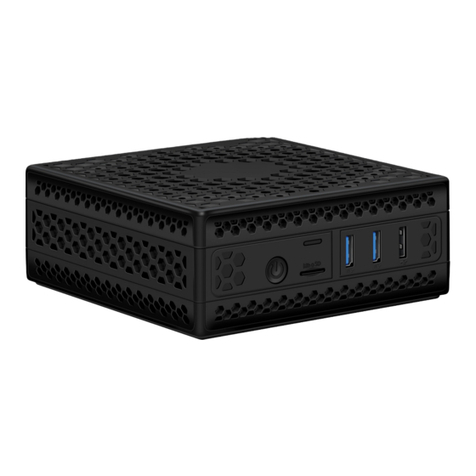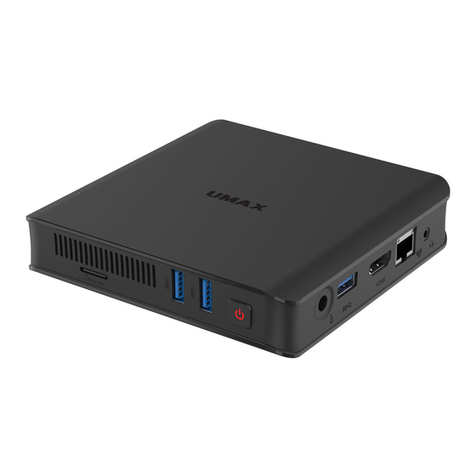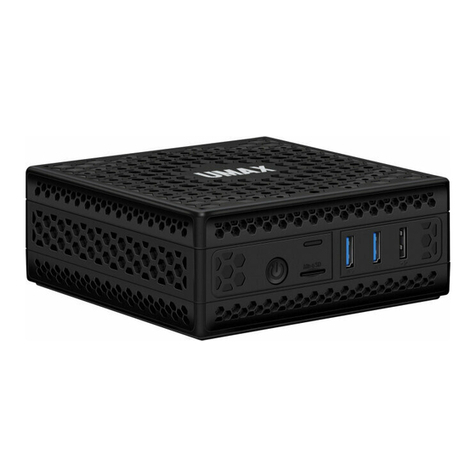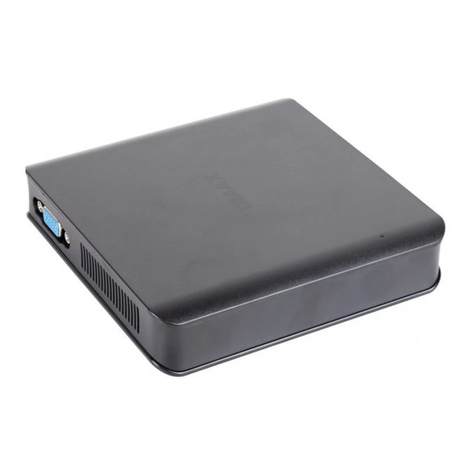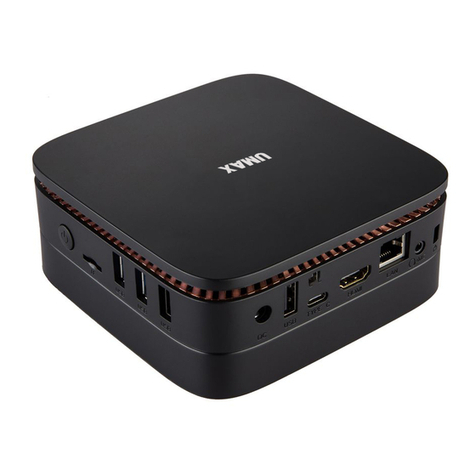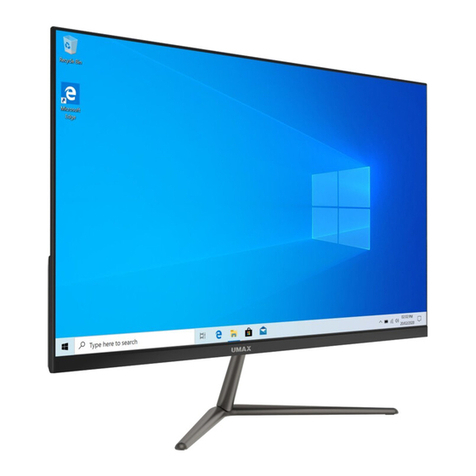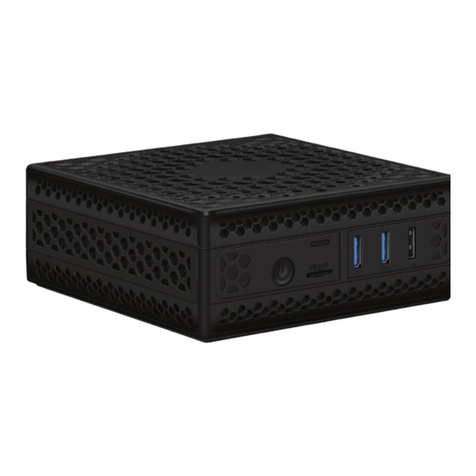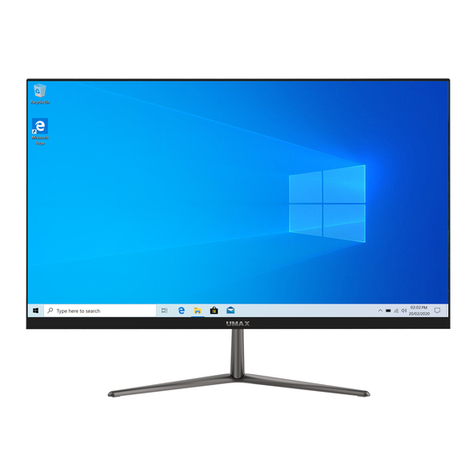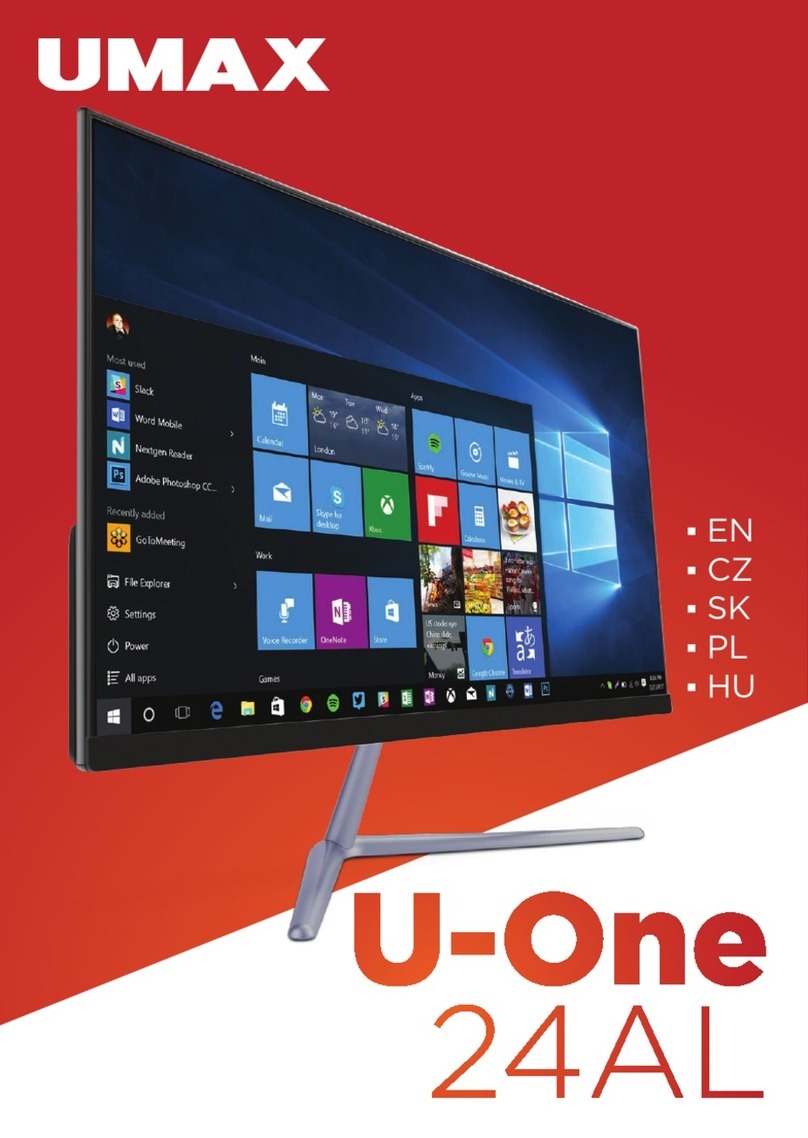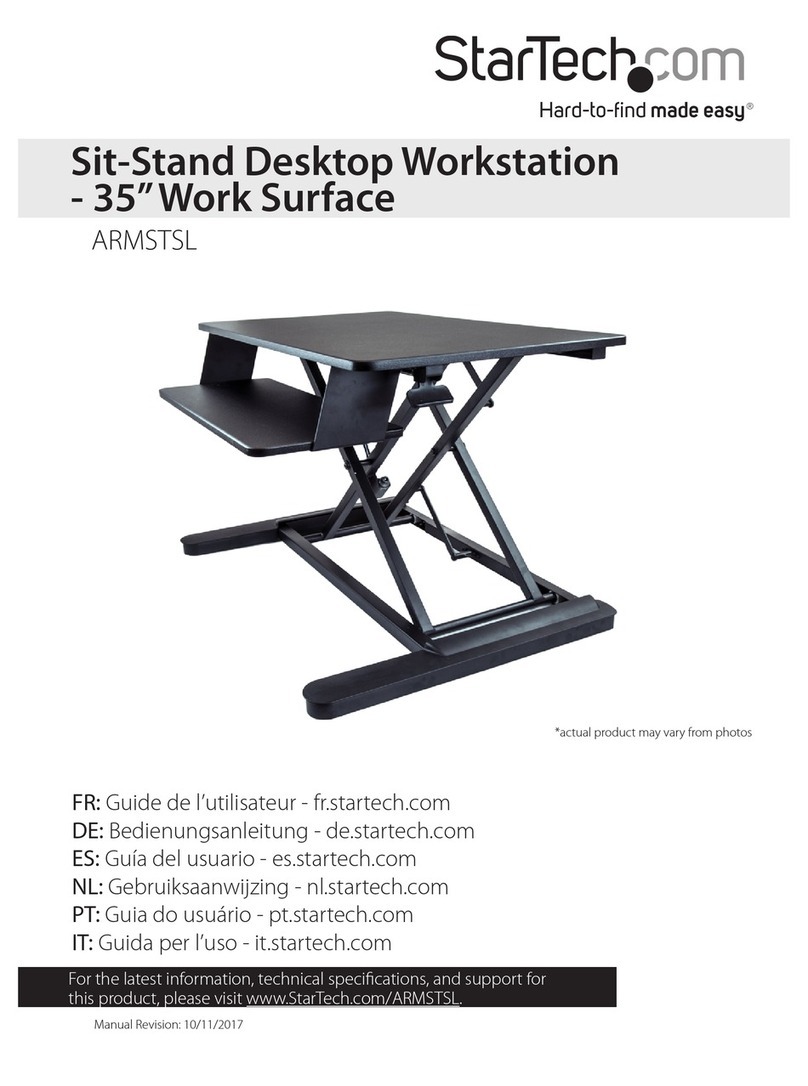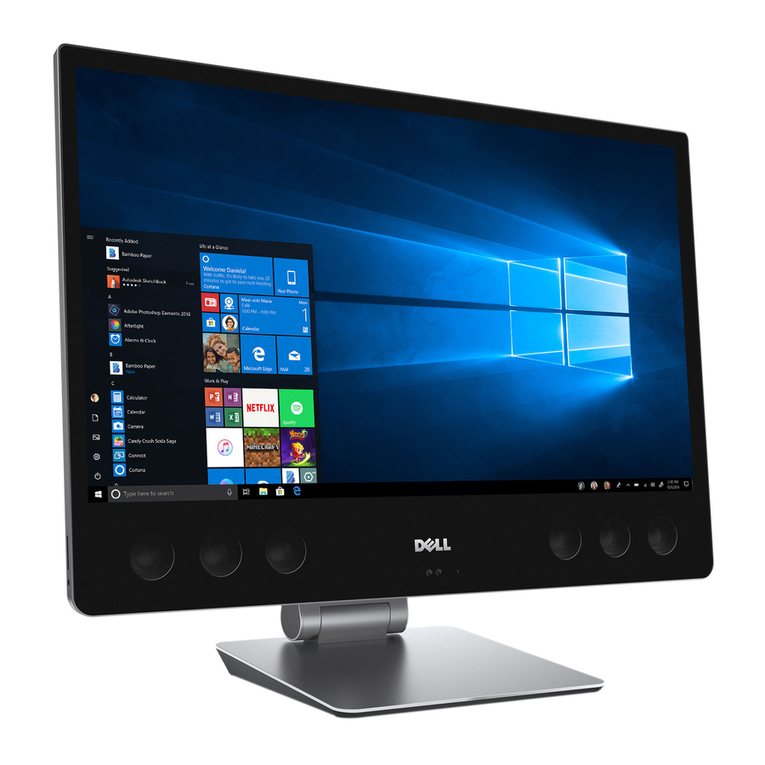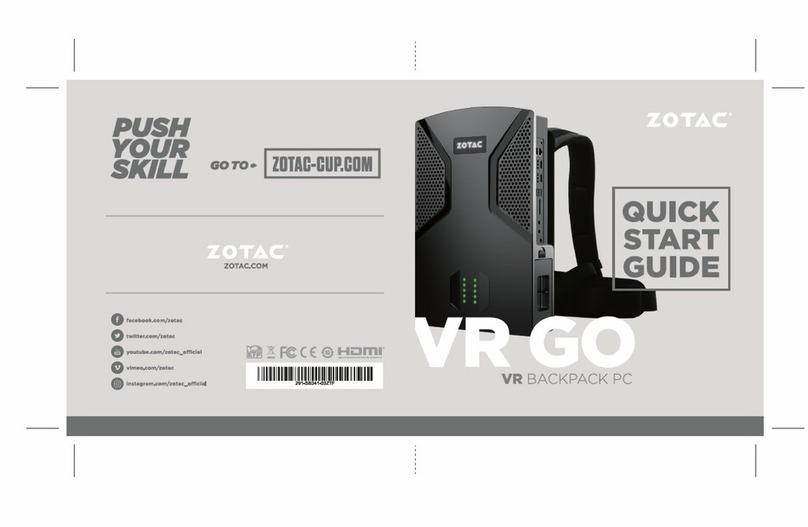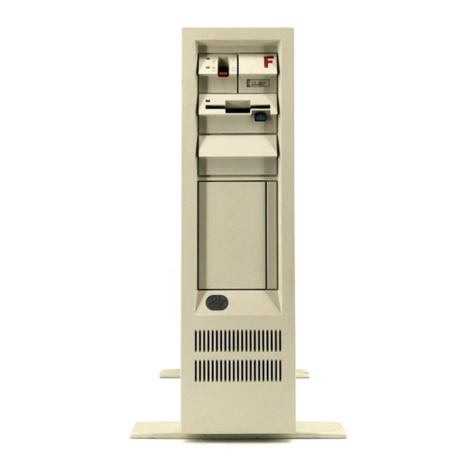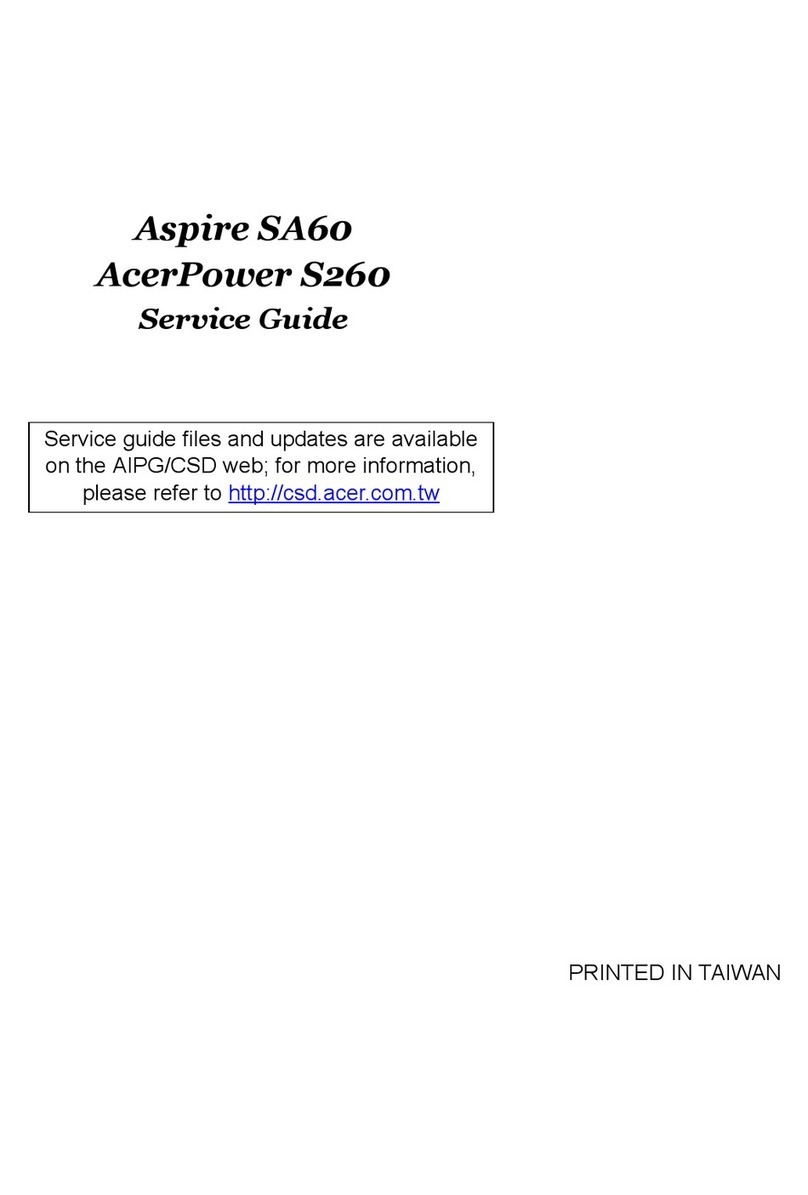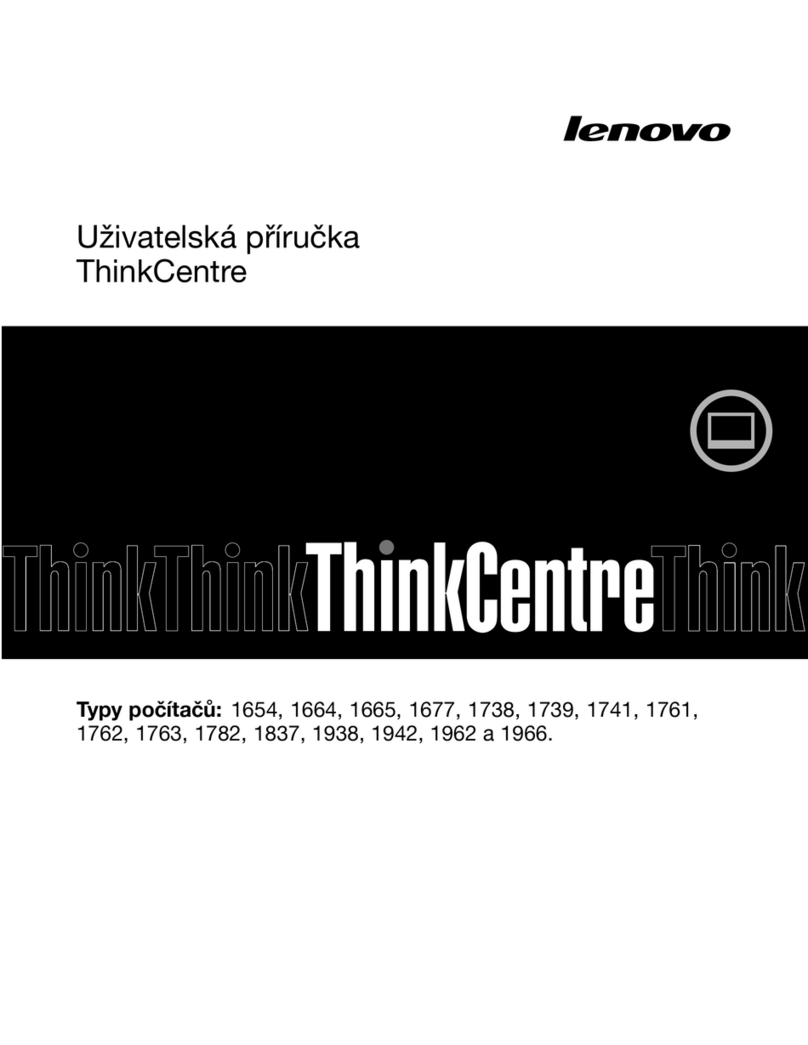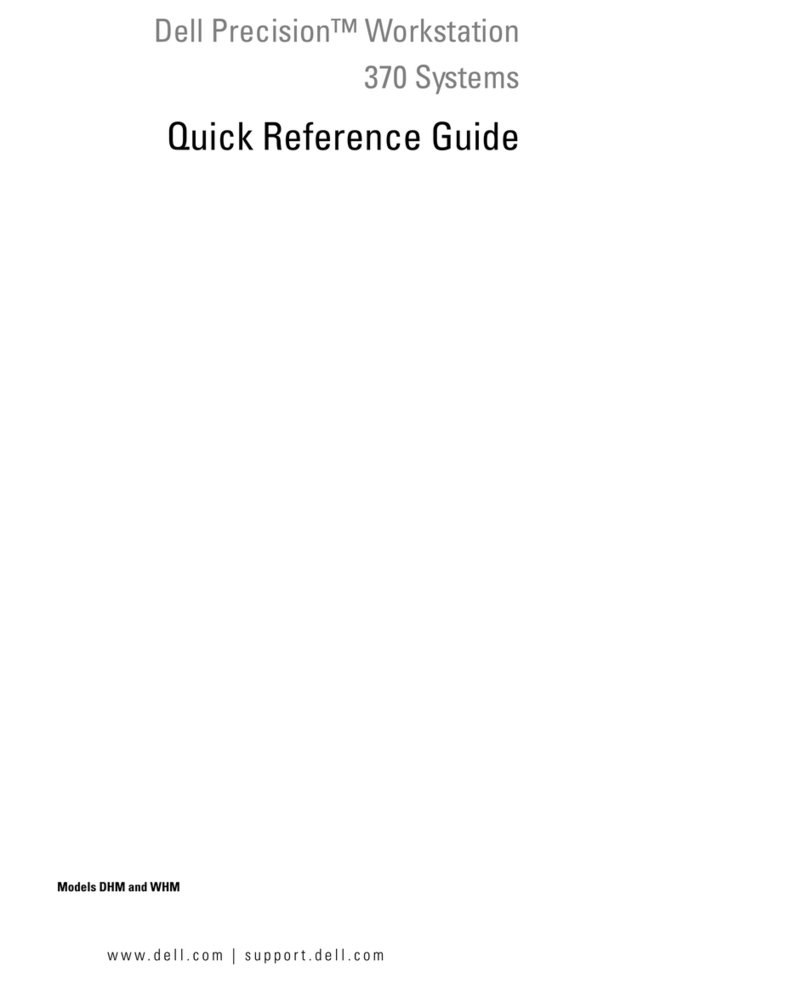
Table of Contents Index
Trademarks and Copyright
Copyright © 1997 UMAX Computer Corporation
All rights reserved. UMAX, the UMAX logo, and SuperMac C600 are trademarks of
UMAX Computer Corporation. SuperMac is a registered trademark of Radius Inc.,
used under license by UMAX Computer Corporation. Apple, AppleTalk, Disk First
Aid, PlainTalk, ProDOS, Macintosh, GeoPort, PowerTalk, Apple Desktop Bus, Local-
Talk, LaserWriter, Personal LaserWriter 300, StyleWriter, QuickDraw, Finder and
Power Macintosh, are trademarks of Apple Computer, Inc. Mac and the MacOS logo
are trademarks of Apple Computer, Inc., used under license. Windows is a trade-
mark and MS-DOS is a registered trademark of Microsoft Corporation. OS/2 and
PowerPC are trademarks of International Business Machines, used under license
therefrom. SoftWindows is a trademark used under license by Insignia from
Microsoft Corporation. Adobe Photoshop is a trademark of Adobe Systems Incorpo-
rated. All of the foregoing are, and shall be considered, trademarks when used in
this manual, regardless of whether said terms are designated as®or TM.
SRS and the SRS logo are trademarks of SRS Labs Inc., registered in the U.S. and
other countries. Manufactured under license from SRS Labs, Inc. Purchase of this
product does not convey the right to sell recordings made using the Sound
Retrieval System.
Mention of non-UMAX products or services is for informational purposes only and
constitutes neither an endorsement nor a recommendation. UMAX Computer Cor-
poration assumes no responsibility with regard to the selection, performance or use
of those products. Unless expressly noted, all understandings, agreements, and war-
ranties, if any, take place between the original manufacturers and the end users.
Product specifications are subject to change without notice.
Restricted Rights Legend
Use, duplication, or disclosure by the Government is subject to restrictions as set
forth in subparagraph (c) (1) (ii) of the Rights in Technical Data and Computer
Software clause at DFARS 52.227-7013.
UMAX Computer Corporation
Headquarters and Sales
47470 Seabridge Drive
Fremont, California 94538 USA
Research and Development
4800 Great America Parkway, Suite 200
Santa Clara, California 95054 USA
Web Site
www.supermac.com
